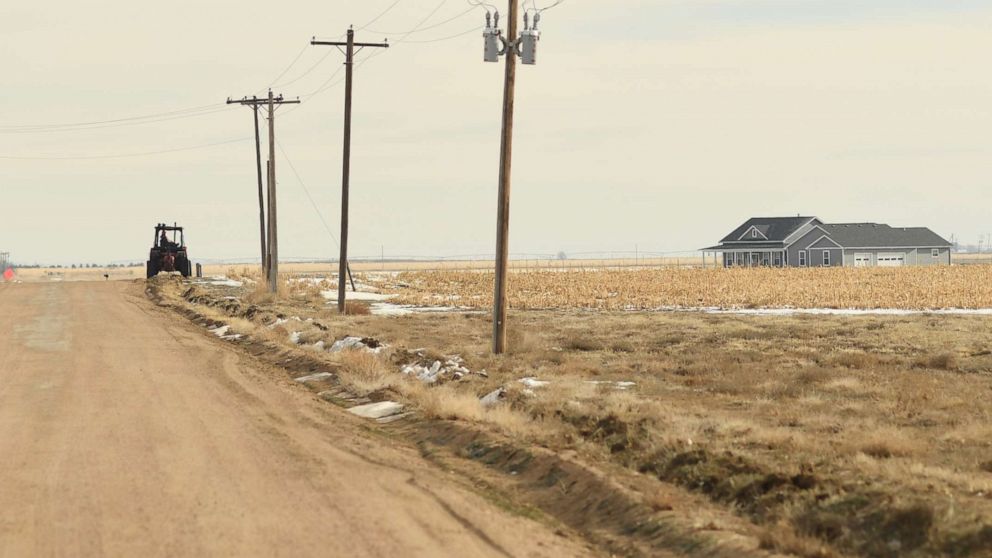Lack of Internet access in rural areas was always a problem. But now with the Coronavirus quarantine it’s a huge issue.
Being a high-tech professional, and living in Silicon Valley, I’ve always had the best broadband money can buy to my home. However, many folks living in rural areas don’t have access to the same high-speed Internet Service we have in the city. And, what’s available is sometimes very expensive – no matter where you live. That problem is now even more prominent for children studying from home.
For those who already have service, there’s help: Across the nation, many internet providers have agreed to waive late fees and end disconnects for families in financial hardship. But millions without high-speed internet at home have been left to fend for themselves as governments shut down their school buildings and mandate distance learning.
In rural areas, nearly one-fourth of the population —14.5 million people—lack access to this service. In tribal areas, nearly one-third of the population lacks access. Even in areas where broadband is available, approximately 100 million Americans still do not subscribe.

Although America is in many ways the pioneer of broadband options, with fiber and now 5G internet connectivity nationwide, 21m Americans remain without any broadband connection at all, according to recent figures published by the Federal Communications Commission. BroadbandNow, a consumer website, puts the figure at double that. And, now as it’s become so prominent during the coronavirus it’s even being used as a wedge issue by the Democrats against President Trump.
Before the pandemic, folks in rural areas without access or having low-speed Internet, would access the web through school, work, libraries, or friends homes – not available. And, although the Covid-19 crises is extreme in nature it still stresses the need for a solution.
With public buildings closed and people confined to their homes, children are in danger of falling behind, medical patients are unable to contact their doctors and businesses cannot contact their customers. Many farmers cannot even operate their machinery: modern irrigation systems, for example, use real-time weather data to calculate how much water to pump out.
Some believe it simply needs more money. The Federal Communications Commission last year launched one of the biggest national schemes yet, promising to auction off $20bn worth of incentives for rural broadband access. But the FCC itself estimates it will cost as much as $80bn to get fibre optic cable to every household in the US, while the consultancy firm Deloitte puts the figure as high as $150bn.

Others believe the money has simply been misspent, focusing on incentivising private companies. Instead of utility-type regulation, the FCC has spent hundreds of billions of dollars paying incentives to encourage internet service providers to improve access to rural areas. Often, that money does not require companies to offer speeds high enough to allow a videoconference or streaming a video.
A far more fundamental problem is that no one knows who actually lacks broadband access. The official maps run by the FCC define an entire census block — which can run to many hundreds of people — as connected if just a single property within it has access. Given that information it only follows that broadband access is available, but folks are either not willing to pay for it or don’t have the knowledge of its existence.
Companies and schools take matters into their own hands
Without a government mandate, some of the nation’s largest internet service providers and the smallest public schools are helping low-income families connect amid the coronavirus pandemic.
Comcast, one of the largest providers in the country, is offering a package with 25 megabits-per-second download speeds and 3 megabits-per-second upload speeds, the threshold for high-speed internet service, for $9.95 a month. The company also is upgrading its other packages to those speeds.
Cox has introduced a no-contract plan for $19.99 a month designed for low-income customers. The downloading speed is up to 50 megabits per second. The company also will relax data caps for many of its existing customers.
Through June 30, Verizon is tripling the data allowances for tablets and laptops at school districts that receive federal grants because they serve large populations of low-income students. The company estimates 116,000 students will benefit.
Although incentives, extended lines, and laying fiber may be the solution many are hoping for there are solutions for most rural areas. Explore this ISPGenie.com for the best Internet Access available in your area. Most of the rural areas have access to DSL, if not there are options for mobile broadband. Last option is dialup access or satellite internet. However, the conclusions from many of these studies show that access could be available – just not marketed well.





